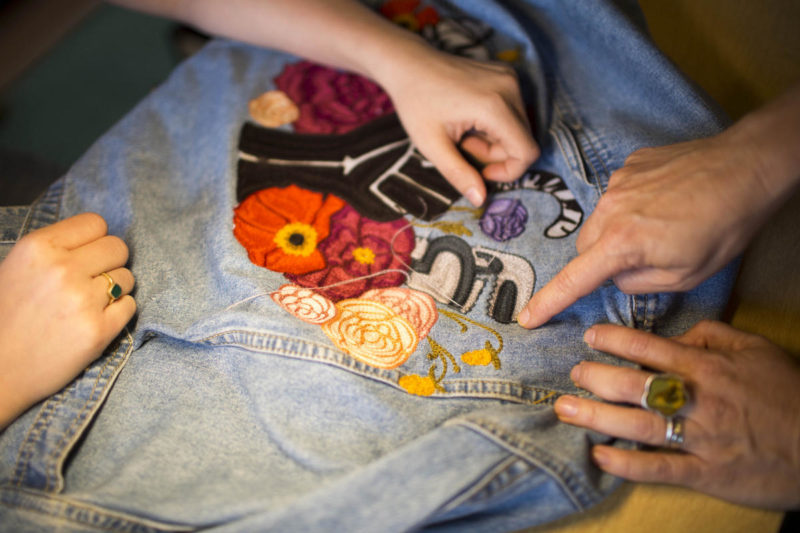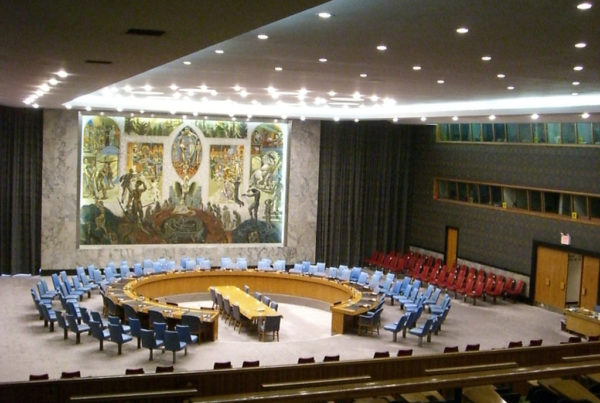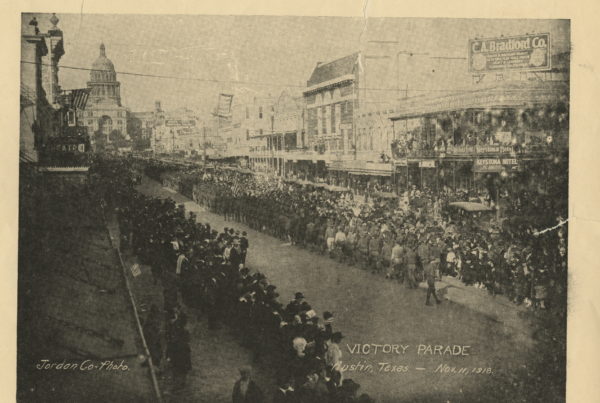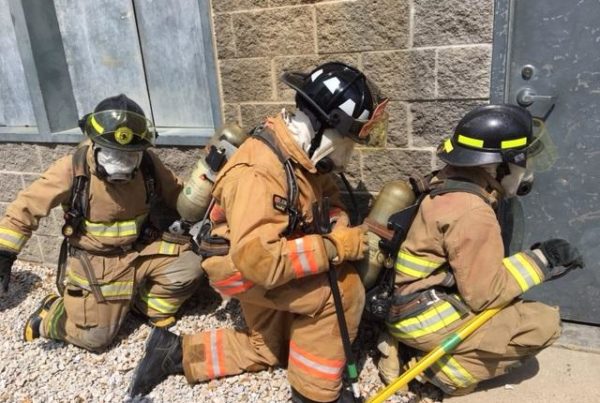From KUT:
When director Richard Linklater presented Shirley MacLaine with the Lifetime Achievement Award at the Texas Film Hall of Fame event last month, he wasn’t wearing a tux or a coat and tie. In true Texas fashion, he was wearing a chain-stitch embroidered Western shirt with pearl snaps and all. The design paid homage to MacLaine’s 1958 film Some Came Running, the first for which MacLaine was nominated for an Oscar.
Western wear has crossed genres and is beloved by everyone from conservative ranchers to rock stars. But why has our fascination with old-school cowboy gear endured?
“I think that it’s because we actually want a national uniform. I think that we crave that,” says Kathie Sever, owner of Fort Lonesome, a local chain-stitch embroidery business that also makes custom Western wear.
“I think that for whatever reason, some of that classic Western wear look feels uniquely American,” she says. “Even for people who would never necessarily admit to wanting to be able to, you know, feel national pride or anything like that. I still think there is sort of a primal need for belonging and uniform.”
A chain stitch is a series of looped stitches that form a chain-like pattern. The artist uses a hand crank to essentially draw the stitches.
“It’s not unlike sewing using an Etch A Sketch,” Sever says. “There’s a different sort of language that you need to learn to speak in order to understand how the machine works, and then you have to kind of learn your handwriting and your language and your particular style.”
Sever says she’s a storyteller, a thread-based storyteller to be exact.
“A lot of what we do is sort of a visual interpretation of stories that people tell us about their lives,” she says. “We’re sort of trying to build on the age-old art of incorporating significant imagery into garmentry, so we talk to people about their lives and then we create artwork that we think is representational.”
















